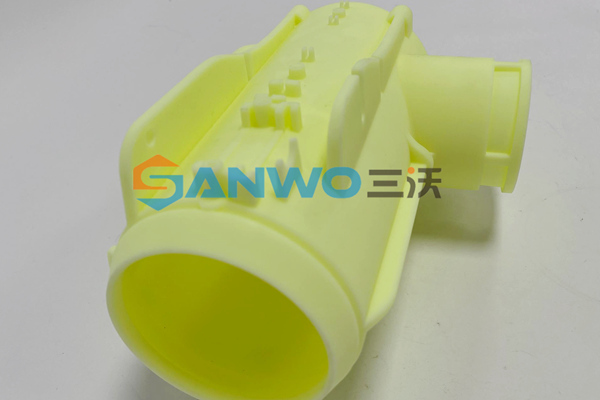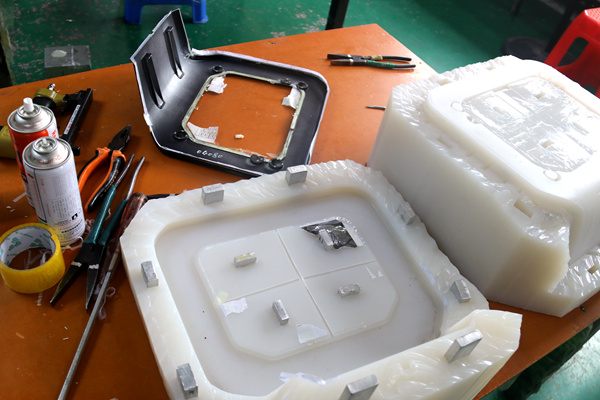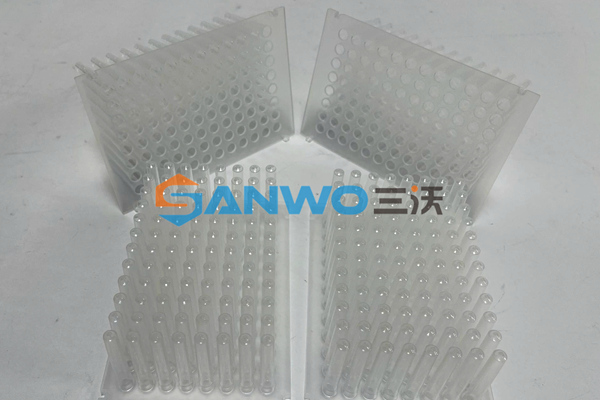How to Make a Plastic Prototype
Plastic prototype is the common process for your plastic project development, SanwoRapid has various processing way for your choice. Such as 3D Printing, Vacuum Casting, CNC Machining, Injection Molding and so on.
3D printing are important for your design verification, function testing and plastic prototype developments. It is a popular additive manufacturing techniques, Stereolithography (SLA) and Selective Laser Sintering (SLS) are common are widely used for plastic prototype.It allows designer to create complex parts for machines, airplanes, and cars at a fraction of the cost and time of standard means like forging, molding and sculpting. In medical world, doctors are testing bio-materials for regenerated medicine. Sanwo 3d Printing can Making prototyping faster, easier and cheaper can lead to more innovation, experimentation and product-based startups.

Vacuum casting ensures accurate reproduction of the model using silicone molds. This is undoubtedly the most economical production process for small batches and plastic prototype: prototype parts, pre-series or sold parts. Silicone molds cost less than steel or aluminum production molds. The choice of materials is as widely as 3D printing, offering more possibilities: rigid polyurethane, self-tinting series, transparencies, elastomers, silicones, etc. Parts are close to final material. We can accurately reproduce prototypes with original colors, overmolding, textures and geometry from master models and assemblies. These plastic castings will closely represent the mechanical properties of the steel mold's intended production part. A silicone mold can cast about 15 to 20 parts, depending on factors such as the complexity of the different parts, the finish or primary color, size, etc. Typical lead time for 10 parts is 7 business days.

Injection molding is the process of pushing molten plastic into or into the cavity of a mold. Plastic resin is fed into heated barrels, mixed and injected into the tool, where it cools and hardens to the configuration of the mold cavity. There are six steps in the injection molding process: mold clamping, injection molding, pressure holding, mold cooling, opening and ejection.

The main advantage of injection moulding and integral moulding processes is the ability to scale production according to your specific needs. Once the initial cost is paid, the unit price in the injection molding manufacturing process is extremely low. Prices also tend to drop significantly as more parts are produced.
The choice of materials for the project depends on the application. Materials used to manufacture parts and products by injection molding vary in their mechanical, thermal, chemical, electrical and optical properties.



